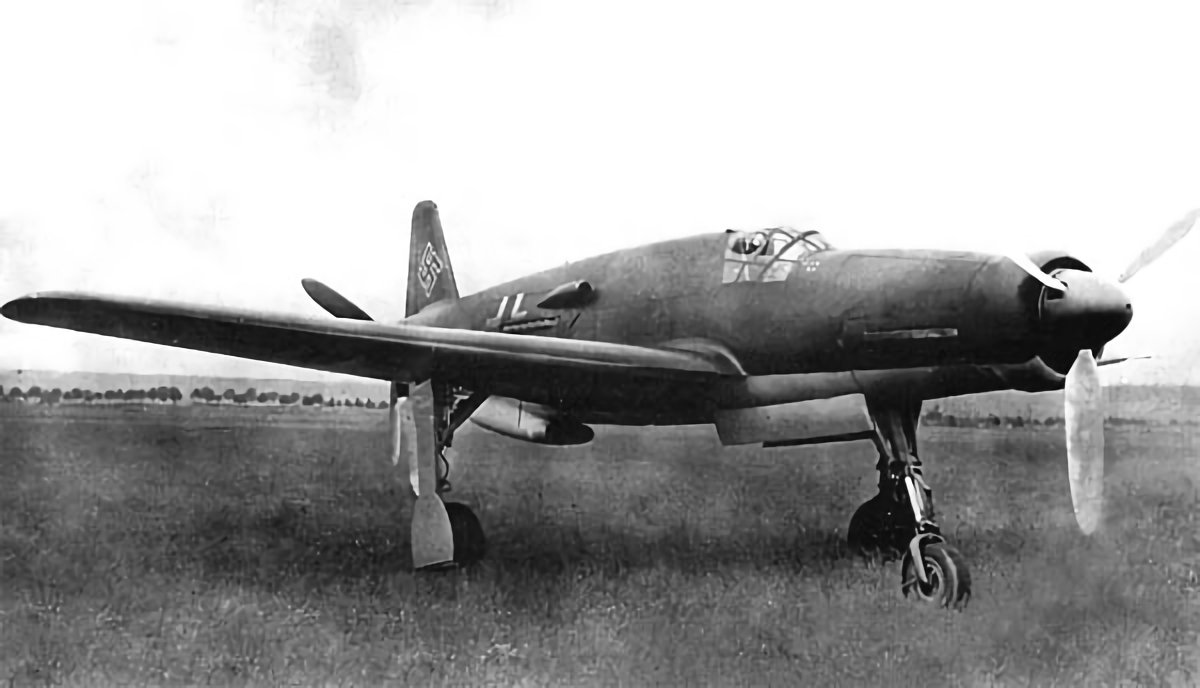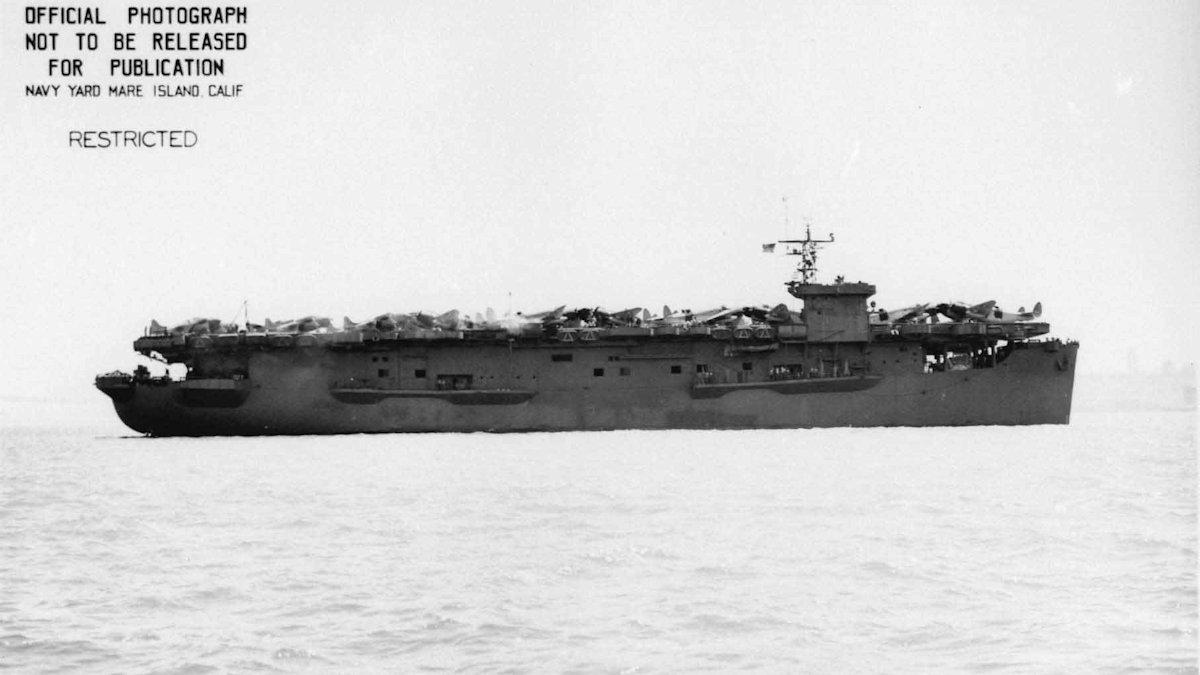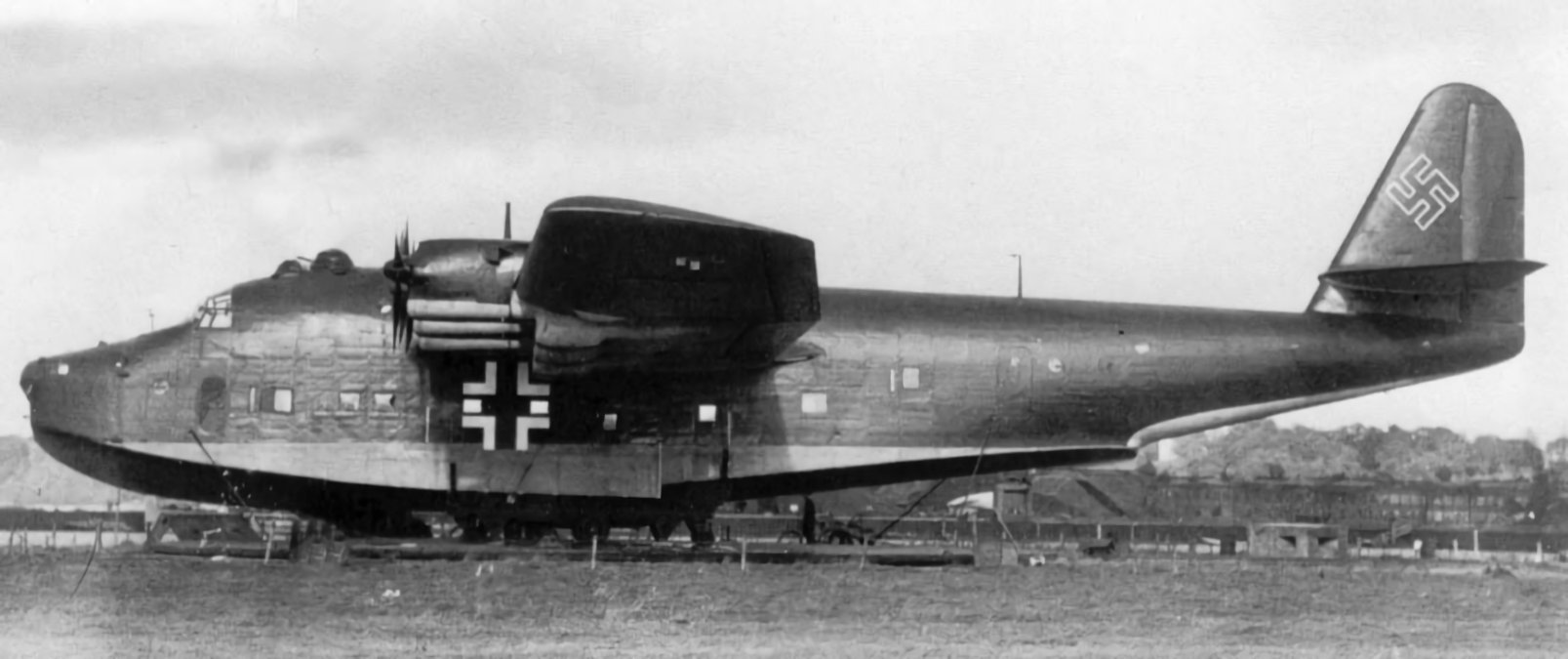Tag: Second World War
-
Dornier Do 335 Luftwaffe Fighter

The Dornier Do 335 was a twin-engined fighter designed for the German Luftwaffe during the closing stages of the Second World War. The engines were arranged in a push-pull configuration, which produced a very fast aircraft. Overheating was a constant threat from the rear engine, a problem that continued throughout its development. By the end… Read more
-
US Escort Carrier USS Copahee CVE-12

US Escort Carrier USS Copahee CVE-12 The Bogue-class escort carrier USS Copahee (CVE-12) was launched on 21 October 1941 and commissioned on 15 June 1942. Originally classified AVG-12, this was changed to ACV-12 on 20 August 1942 and to CVE-12 on 15 July 1943 Her final designation was CVHE-12 allotted on 12 June 1955. Once… Read more
